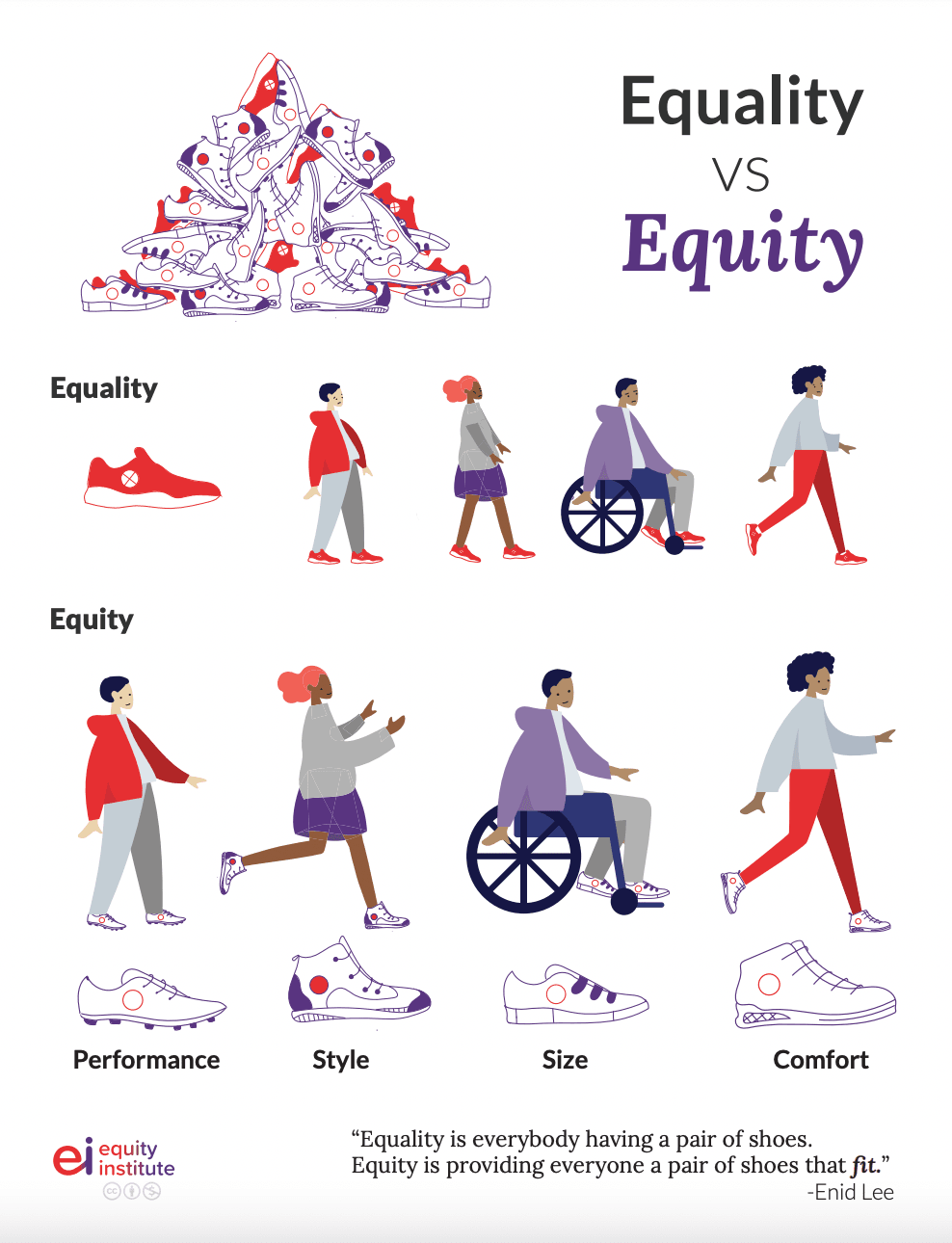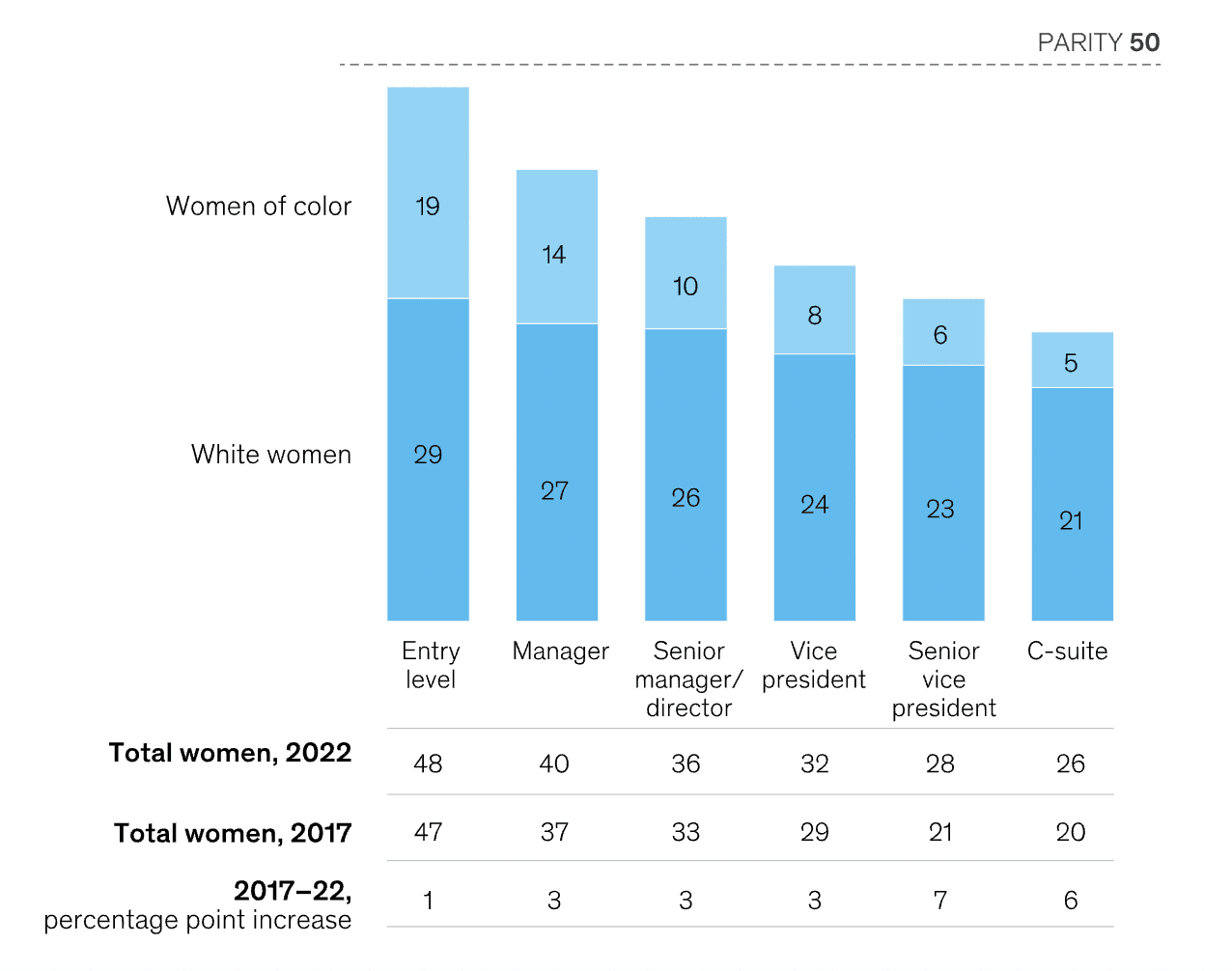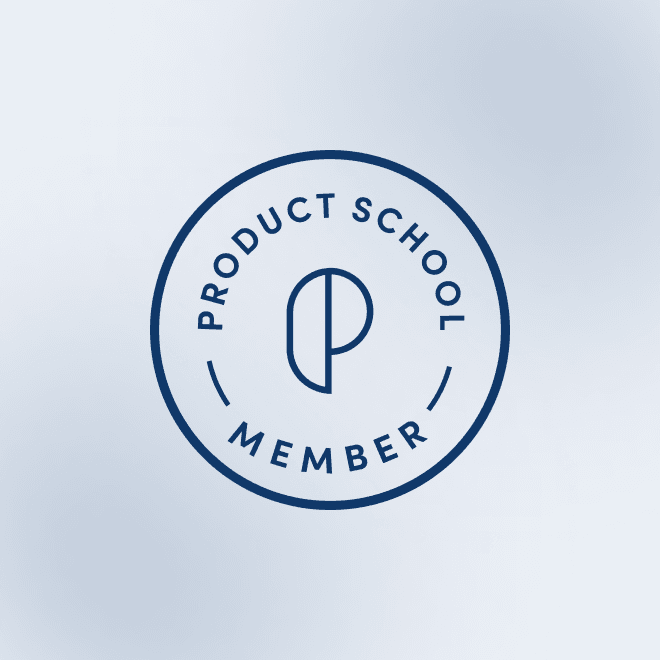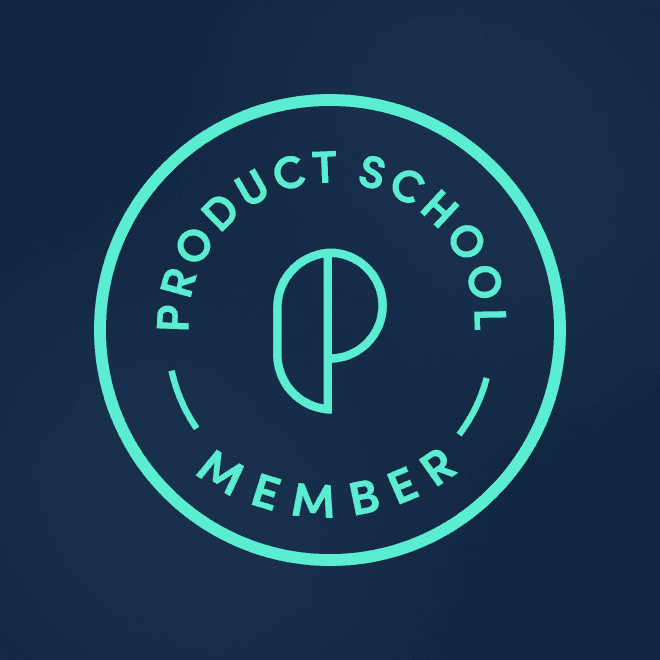Updated: January 24, 2024- 5 min read
As of late, I have had a few people ask whether such campaigns regarding Women's History Month and International Women's Day are still effective or needed. In short, yes. However, the awareness and impact depend on your work sector, location, local environment, network, etc. Statistics indicate serious room for improvement regarding building an equal world and workforce. At Product School, we take the opportunity to showcase women in Product, epitomizing authentic leadership. This year we have included the following ladies on our list of talent (in alphabetical order):
Deepika Adusumilli, SVP, King
Hema Budaraju, Senior Director of Product, Google
Kylie Ana Fuentes, SVP and Head of Product, Salesforce
Sonia Estevez, Head of Product Inclusion, Amazon
Shyvee Shi, Product Manager, LinkedIn
Nicole Breskin, VP of Product, Disney
Penny Ann Szeto, Head of Product, Amazon
We had to make several updates before going live with our Top Women Product Leaders campaign because several people got promoted. Way to go. So, here's a big congratulations to the following women that made a career move this past year:
Natalie Gibralter, now SVP, Microsoft
Poorvi Shrivastav, now Senior Director or Product Management, Meta
Alexzandra Caldwell-Wenman, now Senior Director of Product, Salesforce
Equality vs Equity
The theme for the IWD 2023 campaign is #embracequity, which is fitting, considering many use equity and equality interchangeably without fully comprehending the two. This year, the campaign uses the following to help highlight the difference, "Equality is giving everyone a shoe. Equity is giving everyone a shoe that fits" by Enid Lee.

As well illustrated by IWD, equality refers to everyone being treated the same. In contrast, equity ensures everyone has access to the same resources - however the resources are used as required per person. Equity is challenging for companies, and the assumption that giving everyone the same thing at the same time is doing your part, is outdated. When we look at women specifically, they tend to have to work harder to make it to executive boards and have issues around topics such as maternity. According to Women in Tech, at the current pace of change, it will take approximately 132 years before we close the gender gap.
The conversation gets more interesting and disappointing when we look at intersectionality, where you'll have a woman that is gay or a black woman with a disability. Here, those that need equity the most are actually the most neglected.
In McKinsey's Women in the Workplace Report in 2022, they highlighted representation for women by corporate role and race. The report is based on a survey of more than 40,000 employees across 333 organizations. When we look at leadership only one in four C-suite leaders is a woman, and only one in 20 is a woman of color. You can see a disproportion across all levels.

I have often worked at companies with a predominantly white middle-aged male board of directors, some of which chose to not display images because they knew how non-inclusive they appeared. The act of hiding the reality, as opposed to actively finding a way to change it, was very disappointing.
What steps can companies take to embrace equity
During my corporate career, I have seen the impact that clear communication has within a workforce. There's always room for improvement. Saying out loud, what you’re not great at, and then tackling that head-on, encourages employees to embark on the journey with you. No matter how good the intention is, you don’t want to appear performative. When this happens, employees, future candidates, and others are likely to lose faith in your commitment and question your authenticity.
Offer flexibility
Remote-first companies can distribute what they have to offer differently. For example, flexibility at work makes it easier for working mothers (and fathers, but as per IWD we'll focus on women) and caregivers. It might be making it easier for parents to do the school drop-off or pick ups or working with a more outcome-based framework, giving employees more freedom around how they manage their time. This is beneficial to women that are neuro-diverse, or have challenges with their mental health or well-being, as flexibility reduces some of the external pressures.
Review your processes
Personalized recruitment and onboarding processes are another way to demonstrate equity. Something as simple as always asking candidates if they have additional requirements for their interview makes a difference. Building out fairer tests, creating tight and aligned test criteria to remove bias, and generally reshaping how you do things will have a positive impact on processes, work culture, and candidates or new employees that join your teams.
Be diverse
DEI is critical in Product Management. To build incredible products that reach the masses, companies need to create high-performing diverse teams, to avoid consistent bias. Doing so means you build products that reflect and include everyone. From an equity perspective, this may look like conducting additional research and rethinking GTM strategies, among other things. All of which are worthwhile if companies want a more sustainable portfolio of products.
Though great for awareness, real change doesn't come from a trending day or month. It's the steps you take on a day-to-day basis, the policies you create and the accountability you hold. Women are leaving the workforce at an alarming rate. Talented women. Let's work together to create an environment where they feel empowered, can deliver, and meet their critical needs accordingly.
Happy International Women’s Day. All day, every day.
Updated: January 24, 2024





